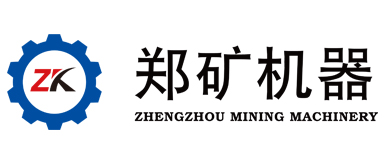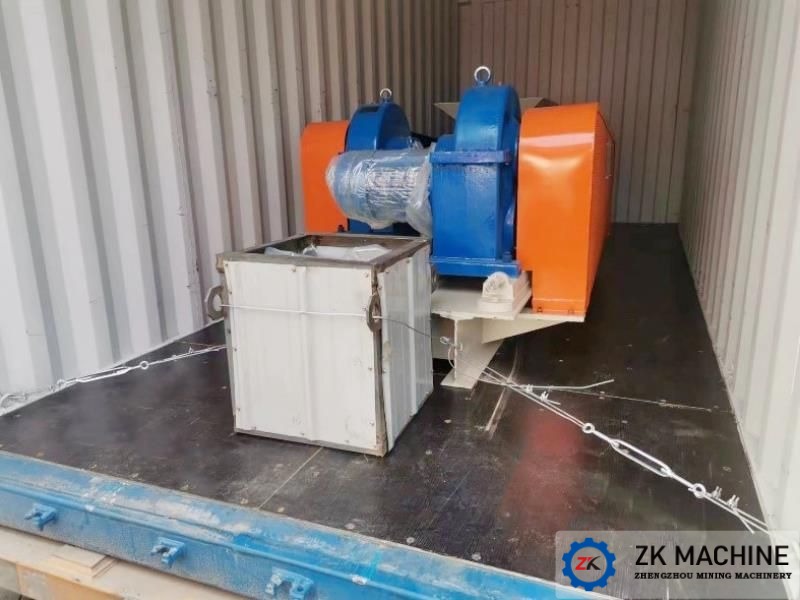Lime Production Line Process
1. Brief introduction of lime:
Quicklime is also called burnt lime, and its main component is calcium oxide. The usual method is to calcinate natural rocks whose main component is calcium carbonate at high temperature to decompose into carbon dioxide and calcium oxide (chemical formula: CaO, quicklime, also known as cloud stone). All natural rocks with calcium carbonate as the main component, such as limestone, chalk, dolomitic limestone, etc., can be used to produce lime. In coastal areas, shells are used as raw materials, which are fired into shell ash and used as quicklime.
2. Introduction to quicklime production process
Firstly, limestone is stored in the storage bin, and the feeding amount is controlled by the upper and lower level gauges, and then the limestone is evenly distributed to each chamber of the preheater through the feeding pipe. During this process, the limestone is heated by 1150 The kiln flue gas is heated to about 900 degrees Celsius, about 30% of which is decomposed, and then pushed into the rotary kiln by a hydraulic push rod. The limestone undergoes a chemical reaction in the rotary kiln, and is decomposed into CaO and CO2 after roasting; after decomposition, limestone enters the cooling chamber. In the cooler, the cold air blown into the cooler is cooled to below 100 degrees Celsius, and the heat-exchanged 600 degrees Celsius hot air enters the kiln to mix with gas. The exhaust gas is then mixed with cold air and enters the bag filter through the induced draft fan, and then is discharged into the chimney through the exhaust fan. The lime discharged from the cooler is sent to the lime storage through vibrating feeder, bucket elevator, belt conveyor and other equipment. Determine whether to perform screening and other processes according to user needs. In the entire lime roasting system, the preheater is divided into several preheating chambers according to the output, and each preheating chamber is equipped with a set of hydraulic pushing device, and is equipped with an automatic control system to send relevant data to the PLC control platform in the central control room , to achieve centralized control.




